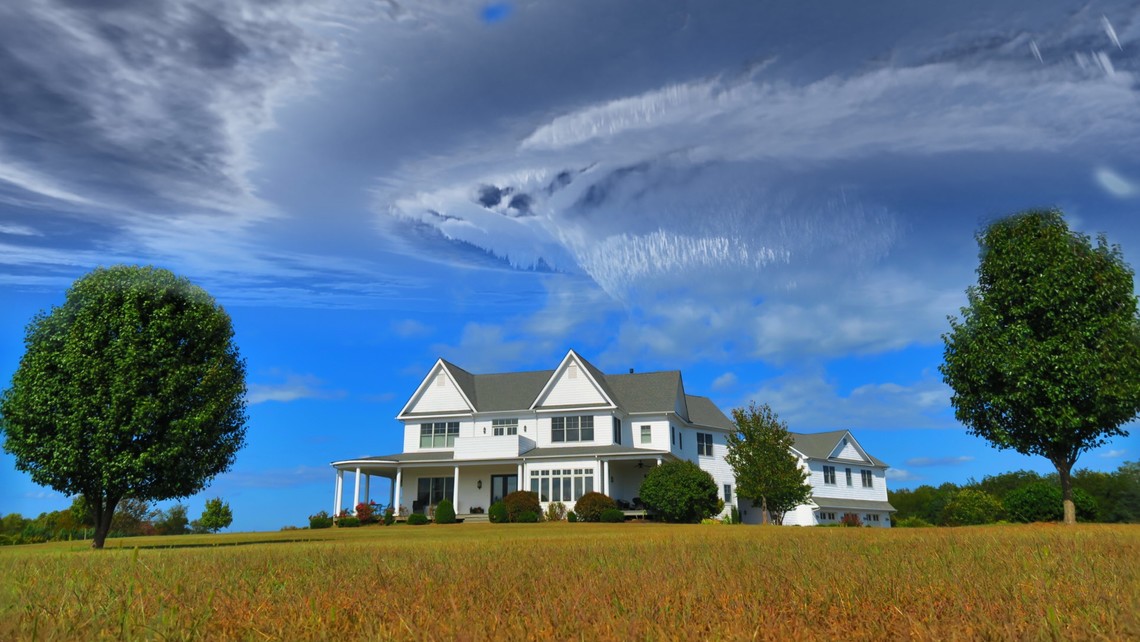
Very sadly, many trees are removed as a result of fancy-talking, old-fashioned scapegoating. For example, a court case I served as an expert witness in involved the architect, engineer and builder of a three-story mansion in the Texas Olmos Basin region who were adamant that an Ash tree had single-handedly buckled the mansion’s foundation in less than five years. The facts of this case (and almost all foundation failures in hot and dry climates) were these: that a major drought caused severe contraction of the clay soil and rare, but severe flooding episodes caused rapid expansion of the clay, both of which directly caused foundation movement and fracture. Further, the size of the house and the depth of the clay soil on those lots begged for an explanation of why the top industry practice of installing concrete piers under the foundation was not utilized.
Crucial to understanding a tree’s benefit to a property is knowing that the greatest catalyst of soil moisture dissipation is not a bunch of thirsty trees, but rather the Sun.
Even though trees are taking up water, the root zone under their canopy stays moist for much longer than soil exposed to full sunlight. Therefore, well-placed trees around the house help to keep the soil from contracting quite as fast. Along with proper water dispersion during floods and occasional use of drip systems when in a serious drought, moderating the swells and constrictions of the soil will keep your foundation in good condition. I also strongly recommend using a rock shelf as a base for your foundation or at least pouring piers down to one and using root barrier shields if any trees exist or will be planted within 50" of the home.
Many home foundations are quite large and even a grove of trees cannot move your foundation. If your foundation does develops cracks, than a tree will put root hairs into those cracks and manipulate them until they get bigger and bigger.
So yes, trees can damage foundations but it is the expansion and contraction of the soil that is the precipitating cause.
What tree can be the primary cause of damage to sidewalks, driveways, pump house foundations, etc.? The significant square footage difference, depth and sometimes quality of the concrete, and proximity of species that tend to have higher and larger surface roots can and almost certainly will mean trouble with trees raising, cracking, shifting, etc. these types of concrete structures. If these do occur, there are various options beside tree removal. These include shaving down bulge at the concrete seam, cutting root(s), applying a tree growth regulator, removing concrete, an alternative design, etc.



